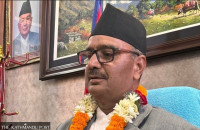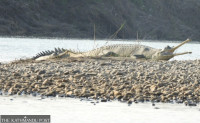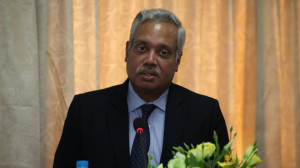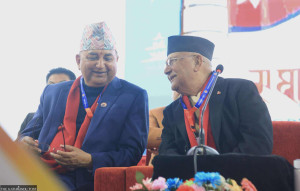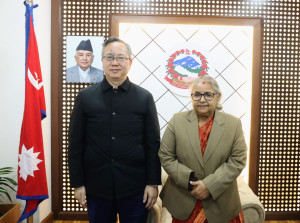National
Quake survivors still in unsafe homes
Around 20,000 families in Ramechhap are still living in earthquake-damaged homes. Many families have carried out minor repair works like re-roofing, beam buttressing and wall crack plastering on their damaged homes, but they can hardly be called safe.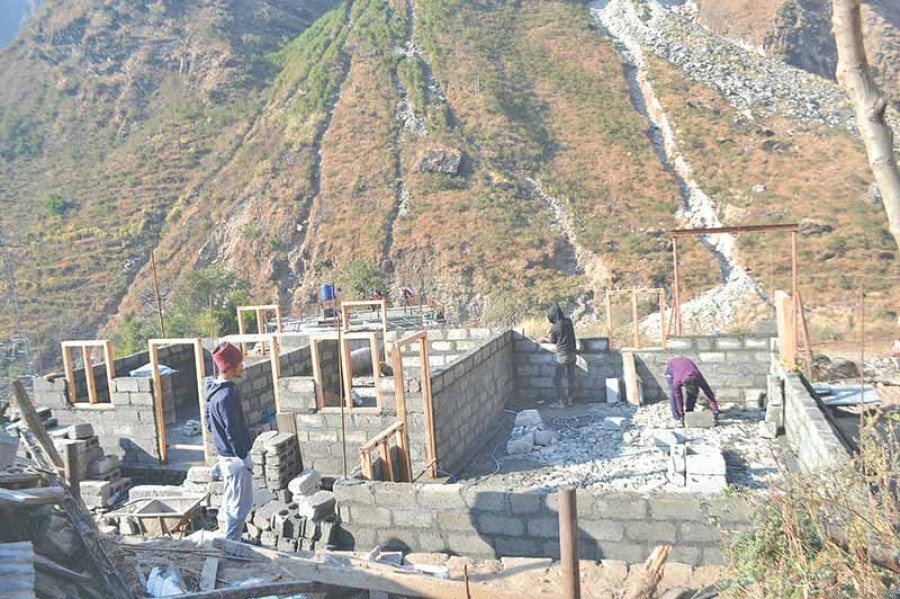
Tika Prasad Bhatta
Around 20,000 families in Ramechhap are still living in earthquake-damaged homes. Many families have carried out minor repair works like re-roofing, beam buttressing and wall crack plastering on their damaged homes, but they can hardly be called safe.
Jit Bahadur Shrestha of Himganga village said his family was living in the same house that was damaged by the earthquake of 25 April, 2015.
“We moved in after fixing the cracks in the walls because the house rebuilding aid was not forthcoming any time soon,” Shrestha said.
The earthquake-affected families in Ramechhap say lengthy aid distribution process led them to move into their rickety, old homes, because they could not carry on living under makeshift huts for years.
According to the District Secretariat of the National Reconstruction Authority (NRA), 42,000 families have signed the housing aid agreement in Ramechhap. Among them, around 35,000 families have started the construction of new houses and around 10,000 families are waiting for the third instalment of the housing aid0.
Of 42,000 earthquake-affected families, around 7,000 families have already received the third instalment of the aid.
Parikshit Kadariya, chief of the District Project Implementation Unit of the Urban Development and Building Construction Division Office, said the quake victims were unaware about quake-resilient homes.
“In rural parts of the district, the earthquake-affected families have built homes that cannot be considered safe in terms of earthquake risks,” he said.
Landslide threat looms in Sindhu
SINDHUPALCHOK: Several earthquake-hit families in Bhotekoshi, Tatopani, Listikot and Paugumba areas in Sindhupalchok district have constructed new houses at landslide-prone areas. They said they had no option but to build there because the government did not offer them safer locations for resettlement. The 2015 Gorkha earthquake has led to slope failures and destabilisation of land in many parts of Sindhupalchok, making them vulnerable to landslides.




 10.12°C Kathmandu
10.12°C Kathmandu (1).jpg)


